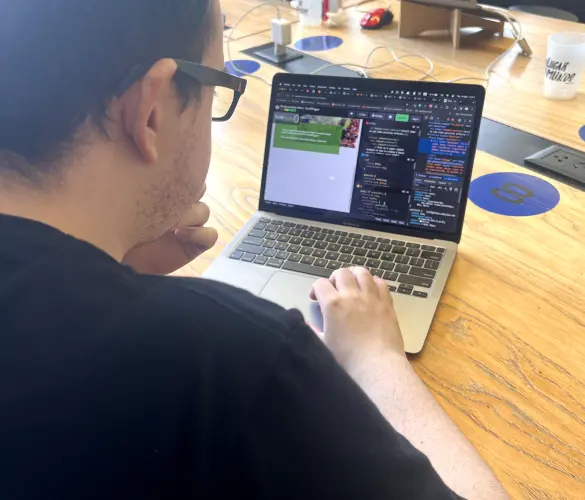UX/UI Design — What’s the Difference between UX and UI?
What is UI? What is UX? Similar but not the same. Learn the difference between the UX and UI and how they work together in building your website or app.

UX/UI design is one of those terms you’ve probably seen everywhere.
UX and UI are often placed together in a unified term: job postings look for “UX/UI Designers,” and many professionals in the industry use the terms interchangeably. But UI and UX are not the same things.
At the basic level, the user interface (UI) takes care of all the visual aspects that allow users to interact with a website or app.
User experience (UX), on the other hand, refers to the internal experience users go through while interacting with it.
Not clear yet? Do not fret. The difference between these terms is a tricky one; even experts have trouble explaining it. Let’s take a look at what UX and UI are and how they are different.
What is UI Design? ????
User Interface Design refers to the point of interaction between the user and a digital product – it’s what you see on your smartphone’s touchscreen, the touchpad on an ATM, or your computer screen.
Since UI is all about interaction, a UI designer is concerned with every visual aspect of an interface: icons, buttons, color schemes, typography, spacing, imagery. They dedicate a lot of thought to button shapes (rounded or squared?) and sizes, even to the width of every single line on the interface.
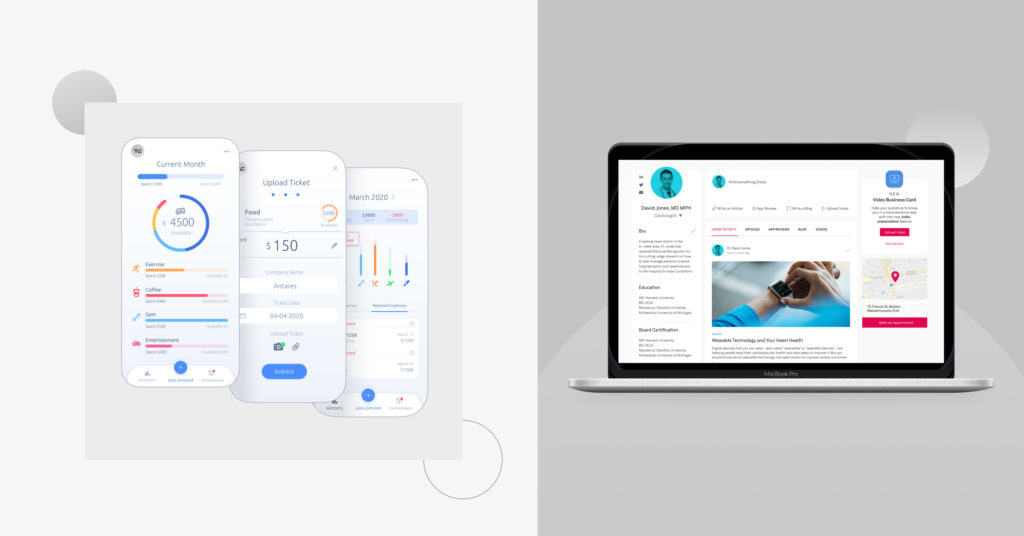
But UI is not just about looks. It’s responsible for creating intuitive and efficient interfaces. A good UI should guarantee readability, clarity, and responsiveness across devices. Accessibility is also fundamental: your interface should be just as awesome for people with color blindness or bad vision.
UI is also fundamental in the look and feel of your brand. Design matters more than ever: your website or app speaks loudly about your company. A UI designer’s job is to ensure the interface matches your business’s purpose and personality.
UI in Practice
One of the common choices UI designers have to make is between a light or dark interface. Brand identity and the latest design trends are usually what determine this choice. But it is also a decision for legibility, inclusivity, and clarity.
For example, black text on a lighter background is perceived as larger than white text on a black surface. The same goes for color schemes: choosing contrasting hues guarantees clarity.
Why does this matter? Well, people should be able to scan the content on your page quickly. If they struggle, they will most likely leave your site.
UI also means money. Don’t believe us? Ask Bing, the company that credits their $80 million annual revenue back in 2009 to choose a specific blue over other hues. See? UI is not just about aesthetics.
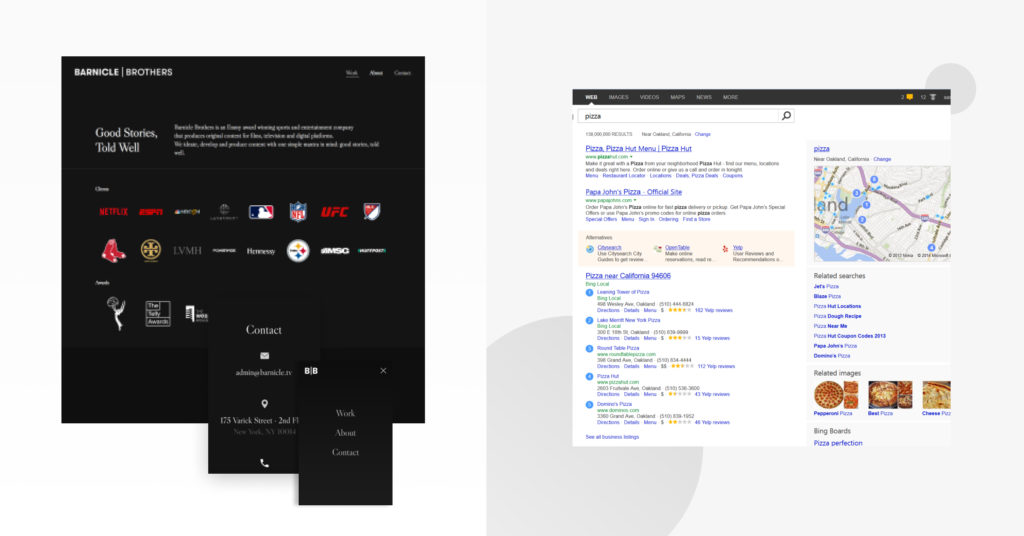
What is UX Design? ????
On the other hand, UX focuses on the internal experience a user goes through in every possible interaction with a company. Yeah, we know, that’s a pretty broad definition.
That’s because UX is everywhere. The concept is not even limited to digital (unlike UI): it applies to everything that can be experienced. UX happens at the grocery store line, packaging, and publicity.
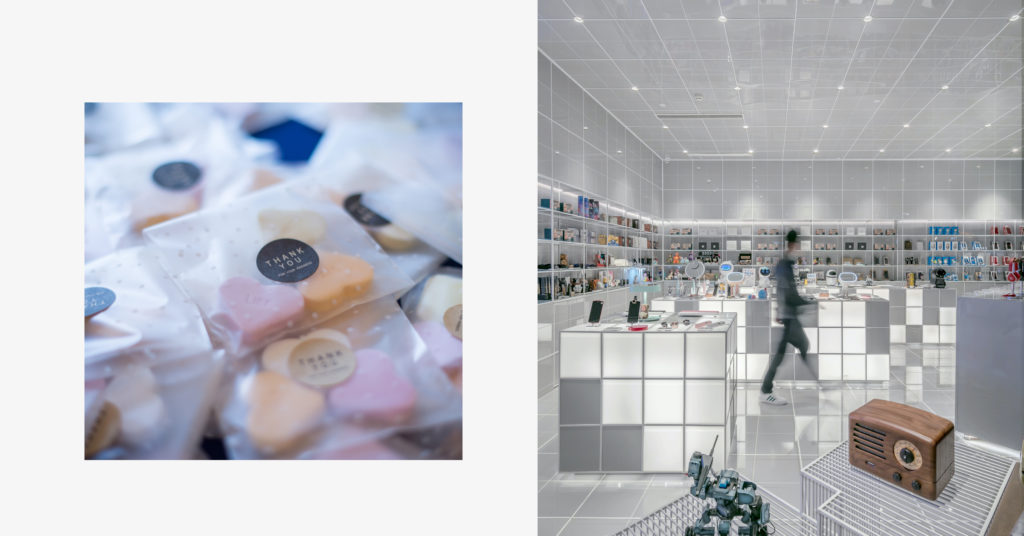
Thus, the role of a UX designer should be just as broad. UXers are responsible for a conglomeration of tasks focused on optimizing a product for effective and enjoyable use. It’s about making interactions intuitive, making the journey feel logical. It’s about human-centered design.
The idea of user experience (or UX) was coined by Don Norman, back when he worked at Apple in the 1990s. But although UX as such is a new term, professionals have been thinking about user experience way before the idea was invented.
Good user experience will take you a long way: 88% of online consumers are less likely to return to a website after a bad experience!
Often devs get stuck on their designer ego, looking for a shiny and attractive website but paying little attention to the experience as such. A pretty website makes no sense without paying attention to user flow. Although how pretty an interface looks can and will affect the user experience, UX goes way beyond the visual aspect of the product or service.
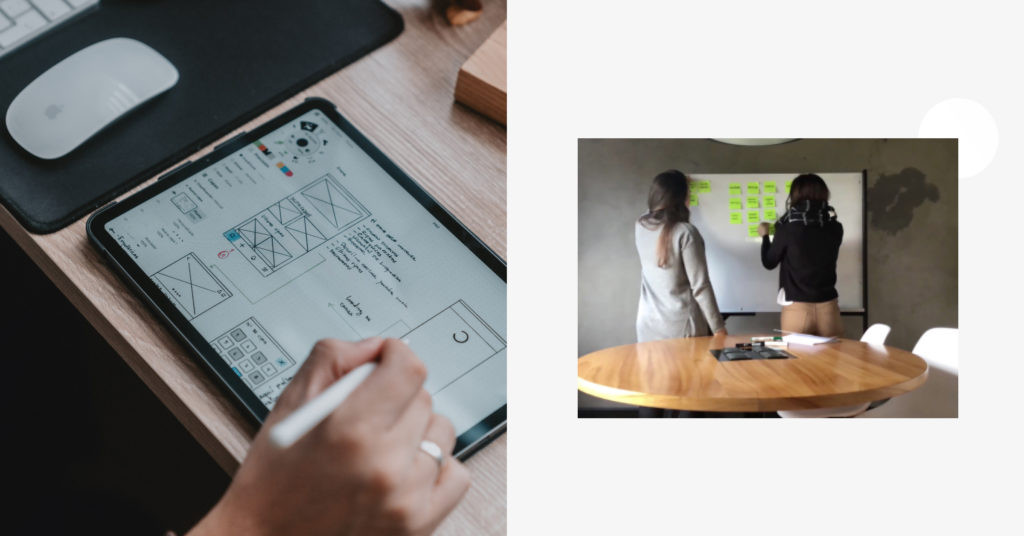
This is why people often get confused about the difference between UI and UX. UI is a part of UX design. While UI designers are tasked with deciding how a website or app will look, UX designers work out how it operates.
UX in Practice
UX designers want users to have a great experience: a great way to do that is by making a website intuitive. This is when micro-interactions come in.
Microinteractions are subtle moments in the user experience centered around accomplishing tasks. Some examples are:
- The visual feedback when an item is added to the cart.
- The pull-to-refresh interaction to update content
- Animation that confirms a certain action
This is a clear example of how design influences user experience. The best thing about micro-interactions is their ability to give predictability to user interfaces. Familiarity plays a big role in UX. Users will be more comfortable if they can tell what’s gonna happen next. And their overall experience will improve!
So What’s the Difference between UX and UI?
The main differences between UI and UX are:
- UI is limited to digital; UX can be applied to anything that can be experienced.
- UI determines how the interface looks; UX determines how it operates.
- UI focuses on the product; UX, on the user.
- UI is a part of UX – the user interface is a part of the user experience.
In the end, UI is made up of all the elements involved in the interaction between a user and a digital product or service – and UX is what those individuals take away from the entire experience.
UX and UI are different disciplines. Yet, they go hand in hand in a very collaborative process. This is why the difference between the two has become so confusing.
The truth is a good UI is no use with a bad UX, and a good UX is also useless with a bad UI. They both play a key role in creating a successful product – one that is engaging to users and meets their needs. In the digital world, neither can work without the other.
Instead of thinking about UX vs UI, we should be thinking about how UX and UI work together (and the magic that happens when they do!)
Related Articles
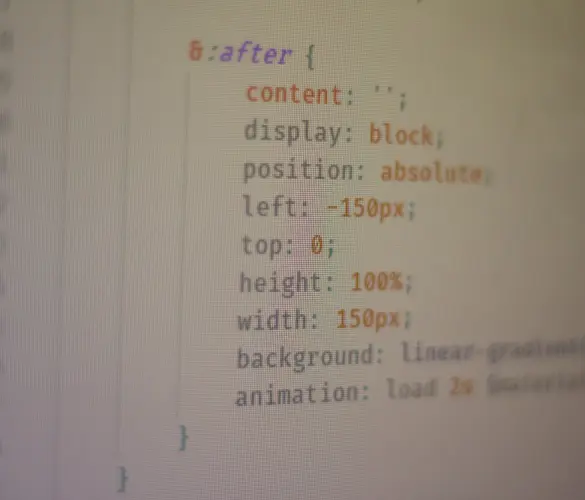
How to... / 5 min read
How to... / 5 min read
2 Ways to Style Password-Protected Pages in WordPress
Passwords can be very important to protect your content. Still, password-protected pages typically look quite bland compared to the rest of the site. So, in this post, you'll learn how…
Read More
Web Design / 6 min read
Web Design / 6 min read
How to convert Sketch to WordPress?
Sketch is a vector graphics editing tool used for prototyping web and desktop apps. Let’s explore 5 ways to convert your Sketch designs into WordPress websites.
Read More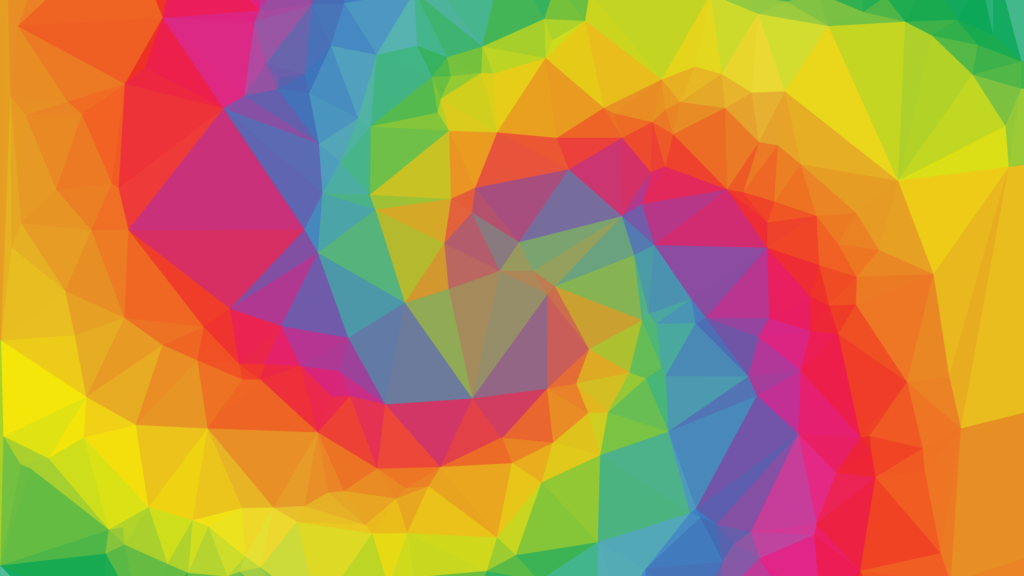
Web Design / 5 min read
Web Design / 5 min read
Website Color Theory: How to Choose Website Colors Correctly
Did you know colors have a huge impact on your website’s success? Find out how to choose the best color palettes for your website.
Read More